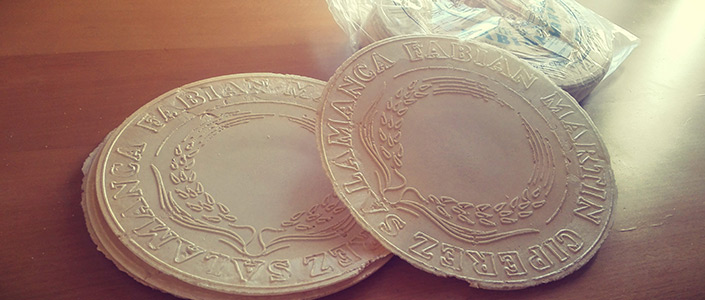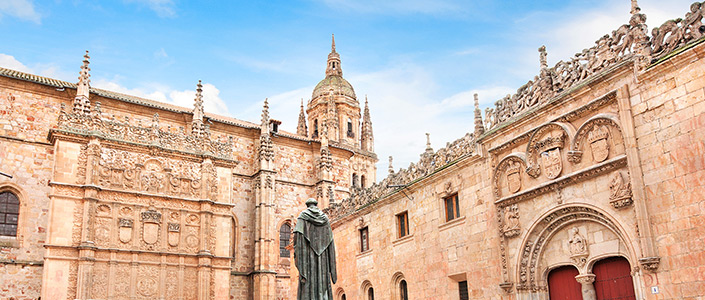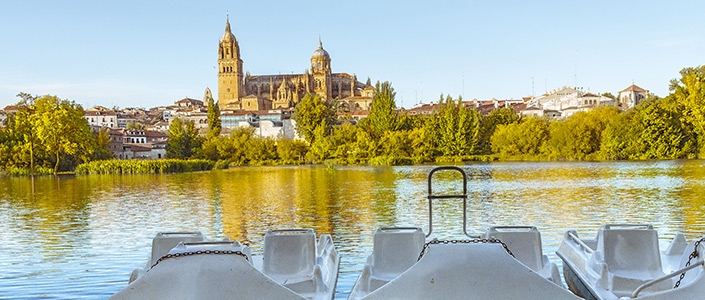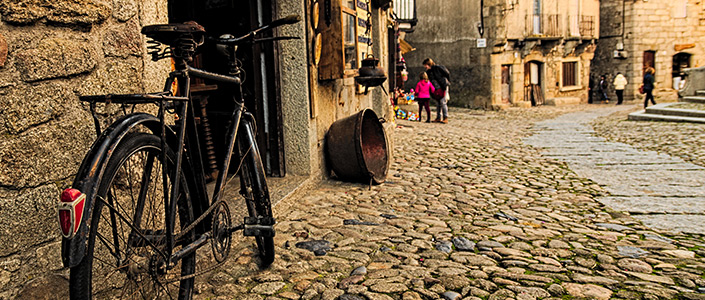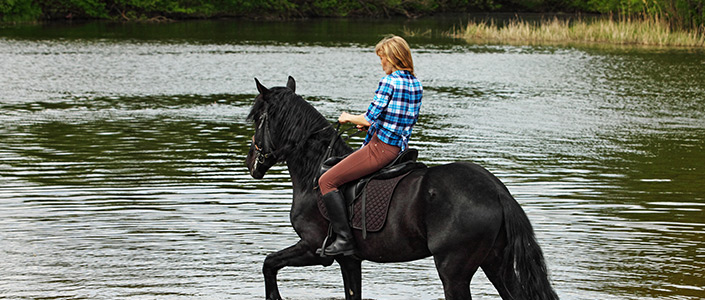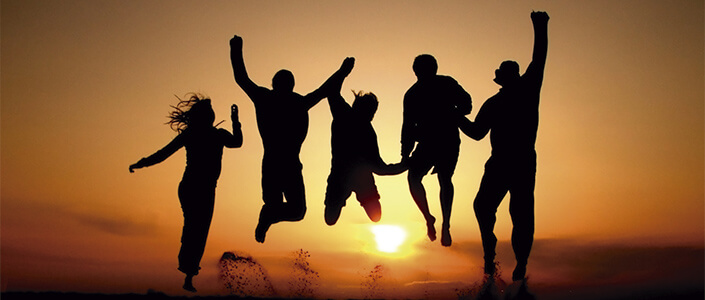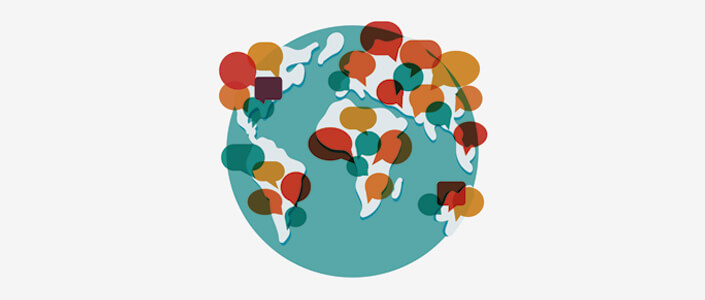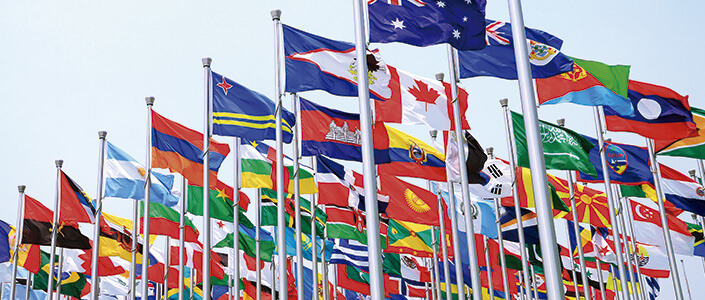Oaxaca: the cultural heart of Mexico | donQuijote
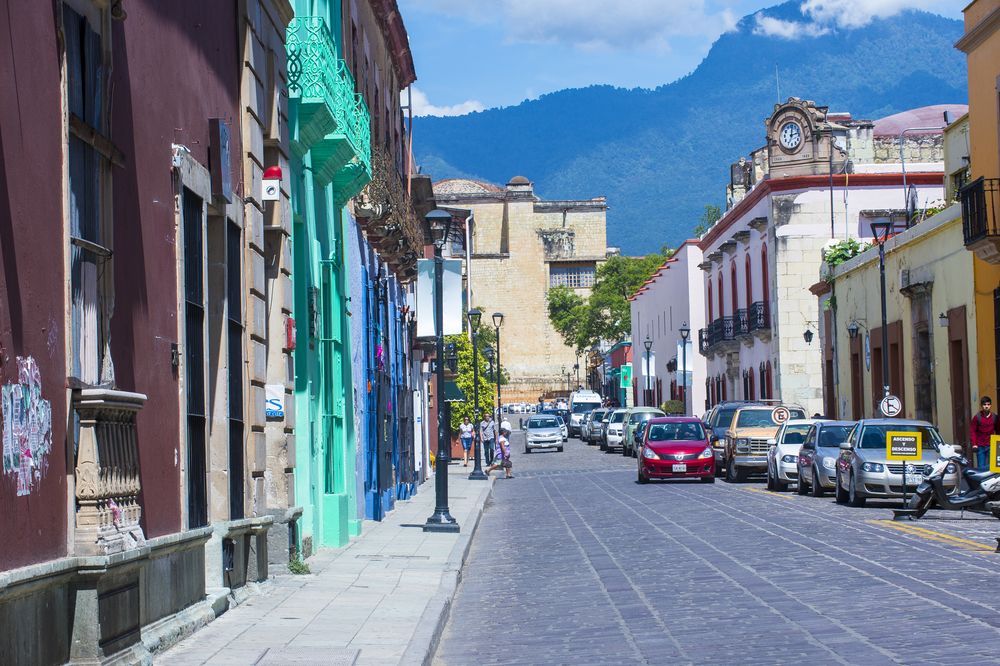
If you google "the city of Oaxaca" you will immediately see links to travel blogs with titles like, "10 things to do in Oaxaca, the most fun city in Mexico," "Oaxaca, my favorite city in Mexico" and so on. So it may be clear, Oaxaca is a must-see destination in Mexico!
Oaxaca (pronounced o-wa-ga-ka) de Juárez is the capital of the Mexican state of Oaxaca and is a UNESCO World Heritage Site. The city is characterized by small alleys, plazas with cozy terraces, brightly colored houses and colonial buildings. But also the landscape surrounding the city is fantastic. Oaxaca offers you a perfect combination of city and nature.
What you should definitely do while in Oaxaca is visit one of the many markets. At the Mercado Juárez you will mostly meet locals doing their daily shopping. A fun way to check out what's in their shopping basket. You should visit the Mercado Sánchez Pascuas with an empty stomach, because that is a large indoor food market where you can order the most delicious Mexican dishes.
A typical Oaxacan dish is tlayuda a large crispy tortilla with a base of beans and a topping of guacamole, tomato, cheese and lettuce. By the way, this is a dish that can be seen as a full meal, because after this tlayuda you are guaranteed to be full. So if you want to be able to taste more things, share it with your travel companions!
In the middle of the city stands the Catedral which is also described as the most imposing structure in Oaxaca. The construction of the church took hundreds of years and the result is impressive. The richly decorated interior of the church is magnificent and well worth a visit.
If you want to go out at night, go to Café Central. A club where, in addition to DJs, many bands perform live. Every night of the week there is something going on, from dance parties to movie nights or a jazz concert by a Big Band.
From Oaxaca you can also plan fun excursions. The temple ruins of Monte Alban are really worth seeing. But don't skip the ruins of Mitla and a hike along the Pueblos Mancomunados (eight authentic Zapotean mountain villages) if you have the chance. On the coast - Yucatán - you can also have a great time and discover the flora and fauna of the sea while snorkeling or diving.
Although Oaxaca is called the cultural heart of Mexico, mass tourism is not (yet) very present. This allows you to enjoy the local culture, way of life and experience Mexico in a unique way.
And to make your trip to Oaxaca even more enjoyable, you can also take a Spanish course at our don Quijote school in Oaxaca where you can start a course every Monday of the year regardless of your current level!

